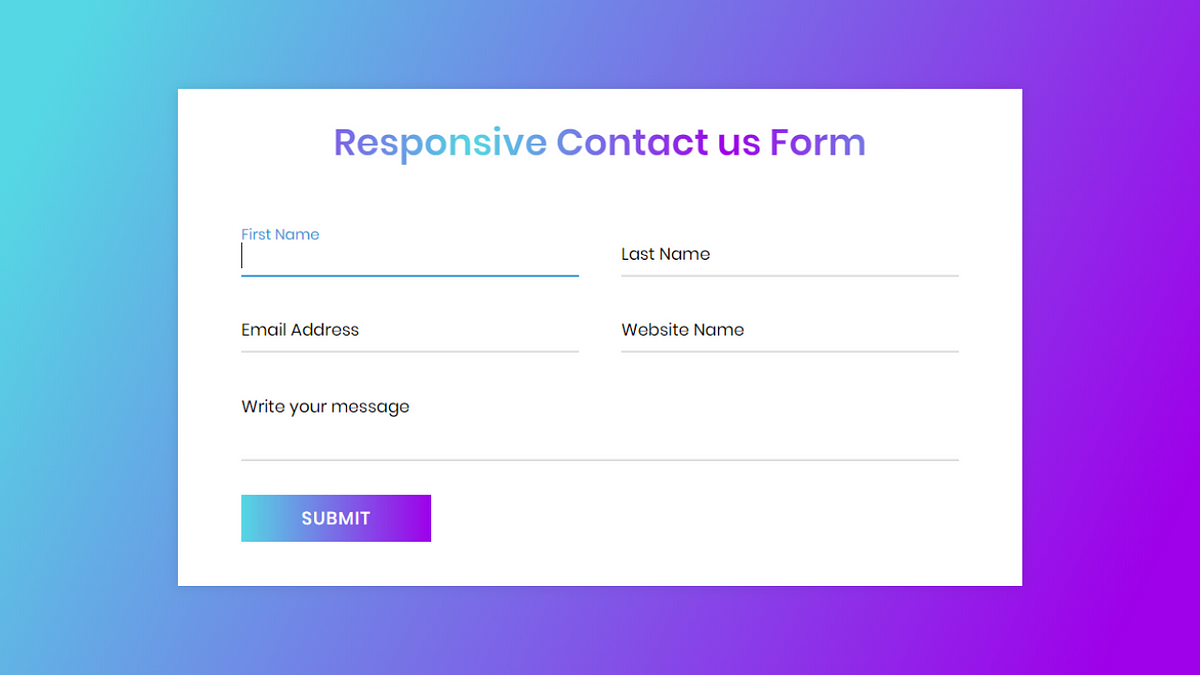

The modern web has several choices for accomplishing layouts, each with their positive and negative. If these were the same for both columns, we could dispense with those rules. Page layouts are the heart of any website or application. In fact, the column1 and column2 rules are only required to set the width and background colors. Looking at the SCSS below, you can see that we don’t need a lot of styling to get the job done. The beauty of using flexbox – and indeed, CSS in general – is that the same HTML structure may be presented using a variety of layouts: Resize their windows slowly, to determine how theyre responsive. The HTML markup shown below will be the basis for all layouts, from most basic to complex. With your pair, visit a few websites each of you commonly uses. The most basic application of the flexbox is to layout page content in either two columns or rows, so we’ll begin by creating two columns: one that takes 40% of the available width and another that fills the remaining 60%. Since it’s predominantly used to define grid layouts, I thought that I’d summarize the finer points of doing so in this tutorial. As a senior developer, I’ve had to guide a few novice coders through the basics of flexbox’s many properties and attributes.

Developers, on the other hand, were a little slower to jump on the flexbox bandwagon, the reason being that it was intimidating to the uninitialed. W3.CSSs grid system is responsive, and the columns will re-arrange automatically depending on the screen size: On a big screen it might look better with the. However, in the case of responsive devices, it can be seen in a column. Here the contents are arranged using three columns. The most important point here is that the layouts I have used are of different sizes. You can create a Responsive Layout using that source code using CSS Grid. I have given here an example and the necessary source code.

From there, it was quickly adopted by the major browsers. Here I have created a Responsive Layout using CSS Grid. Then in the 2010’s, everything changed when the CSS flexbox was introduced as a W3C Candidate Recommendation. Back in the late twentieth century, the de facto tool for arranging web content in rows and columns was not CSS at all, but the table! This worked very well for years, until responsiveness became a primary concern. CSS Grid is a brand new layout system in CSS Its not a framework or library - its an addition to the language that allows us to quickly create flexible, two.


 0 kommentar(er)
0 kommentar(er)
